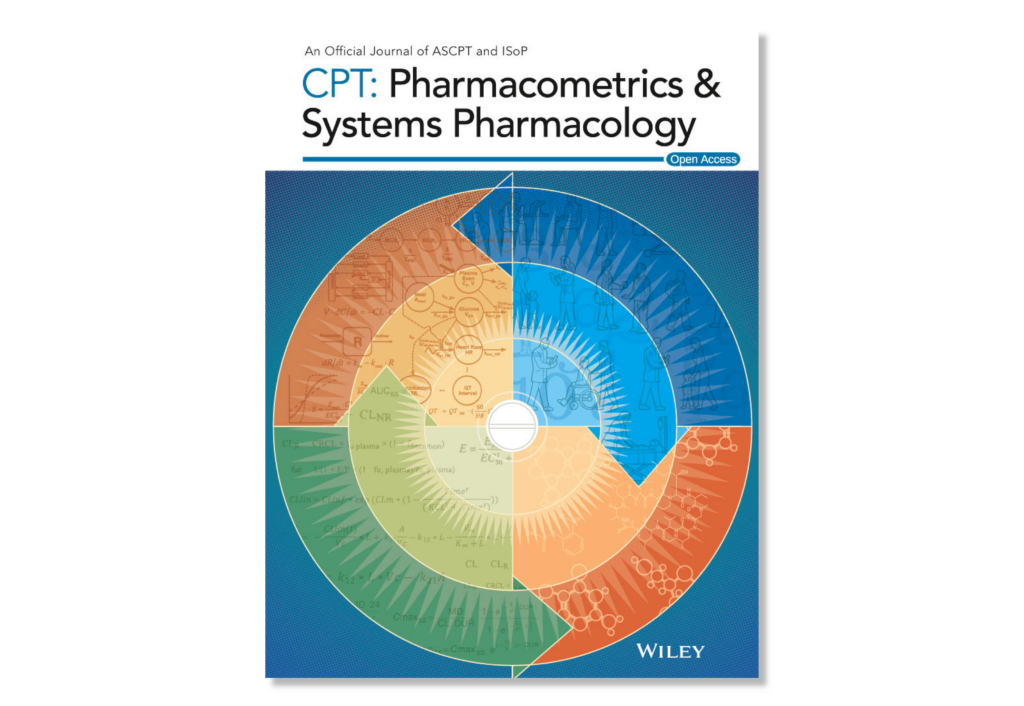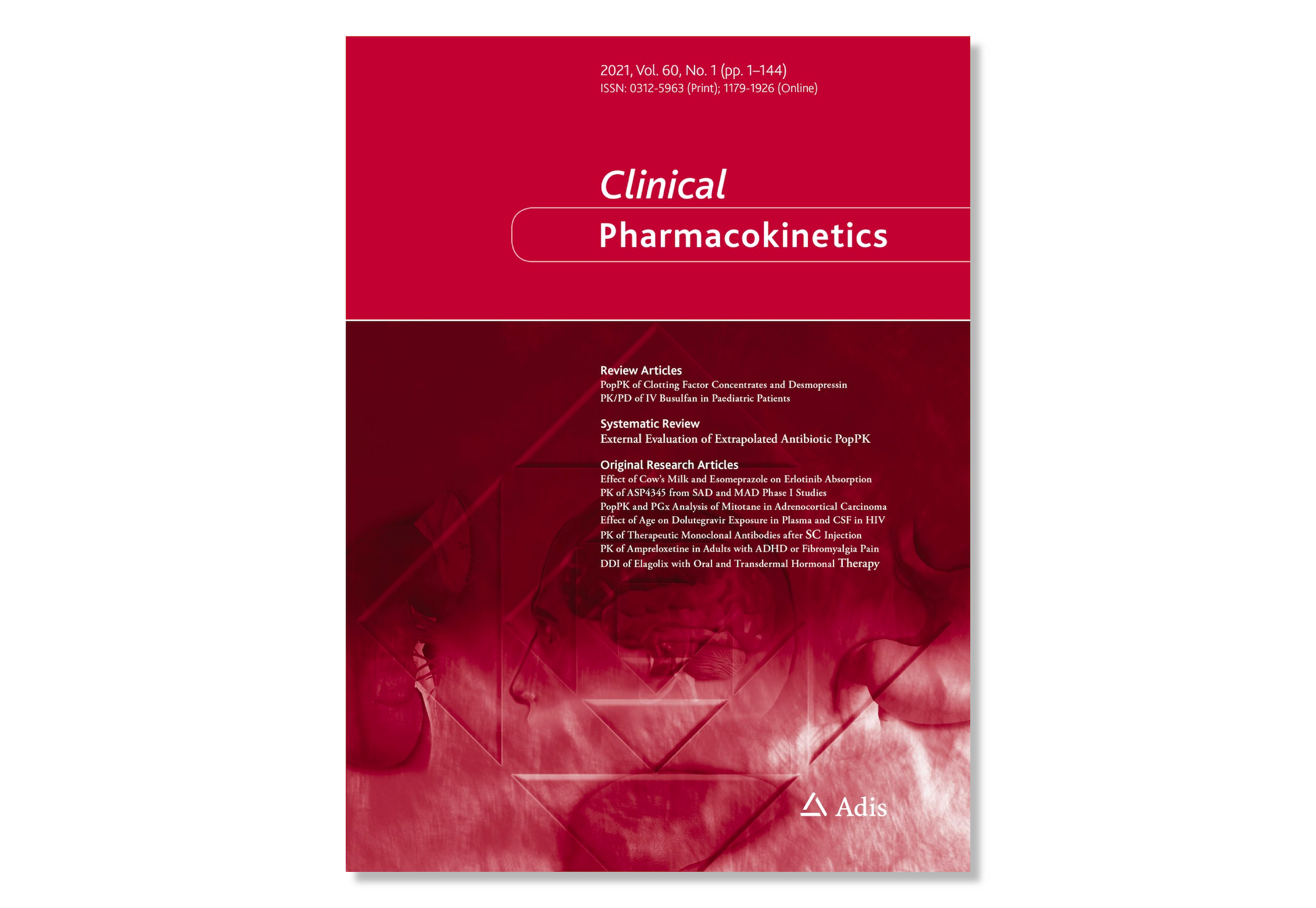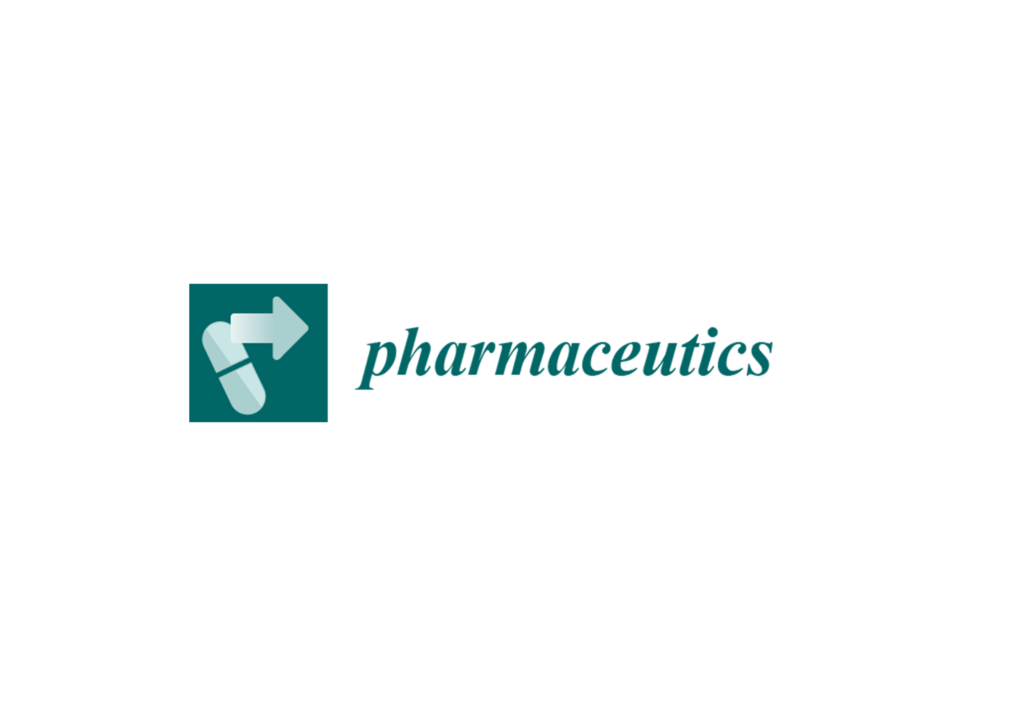

Model-Based Estimation of Iohexol Plasma Clearance for Pragmatic Renal Function Determination in the Renal Transplantation Setting
Abstract
Background: Iohexol plasma clearance-based glomerular filtration rate (GFR) determination provides an accurate method for renal function evaluation. This technique is increasingly advocated for clinical situations that dictate highly accurate renal function assessment, as an alternative to conventional serum creatinine-based methods with limited accuracy or poor feasibility. In the renal transplantation setting, this particularly applies to living renal transplant donor eligibility screening, renal transplant function monitoring and research purposes. The dependency of current iohexol GFR estimation techniques on extensive sampling, however, has limited its clinical application. We developed a population pharmacokinetic model and limited sampling schedules, implemented in the online InsightRX precision dosing platform, to facilitate pragmatic iohexol GFR assessment.
Methods: Iohexol concentrations (n = 587) drawn 5 min to 4 h after administration were available from 67 renal transplant recipients and 41 living renal transplant donor candidates with measured iohexol GFRs of 27-117 mL/min/1.73 m2. These were split into a model development (n = 72) cohort and an internal validation (n = 36) cohort. External validation was performed with 1040 iohexol concentrations from 268 renal transplant recipients drawn between 5 min and 4 h after administration, and extended iohexol curves up to 24 h from 11 random patients with impaired renal function. Limited sampling schedules based on one to four blood draws within 4 h after iohexol administration were evaluated in terms of bias and imprecision, using the mean relative prediction error and mean absolute relative prediction error. The total deviation index and percentage of limited sampling schedule-based GFR predictions within ± 10% of those of the full model (P10) were assessed to aid interpretation.
Results: Iohexol pharmacokinetics was best described with a two-compartmental first-order elimination model, allometrically scaled to fat-free mass, with patient type as a covariate on clearance and the central distribution volume. Model validity was confirmed during the internal and external validation. Various limited sampling schedules based on three to four blood draws within 4 h showed excellent predictive performance (mean relative prediction error < ± 0.5%, mean absolute relative prediction error < 3.5%, total deviation index < 5.5%, P10 > 97%). The best limited sampling schedules based on three to four blood draws within 3 h showed reduced predictive performance (mean relative prediction error < ± 0.75%, mean absolute relative prediction error < 5.5%, total deviation index < 9.5%, P10 ≥ 85%), but may be considered for their enhanced clinical feasibility when deemed justified.
Conclusions: Our online pharmacometric tool provides an accurate, pragmatic, and ready-to-use technique for measured GFR-based renal function evaluation for clinical situations where conventional methods lack accuracy or show limited feasibility. Additional adaptation and validation of our model and limited sampling schedules for renal transplant recipients with GFRs below 30 mL/min is warranted before considering this technique in these patients.
Zwart TC, de Vries APJ, Engbers AGJ, Dam RE, van der Boog PJM, Swen JJ, Keizer RJ, Dalton RN, Guchelaar HJ, de Fijter JW, Moes DJAR. Model-Based Estimation of Iohexol Plasma Clearance for Pragmatic Renal Function Determination in the Renal Transplantation Setting. Clin Pharmacokinet. 2021 Apr 17. doi: 10.1007/s40262-021-00998-z.
